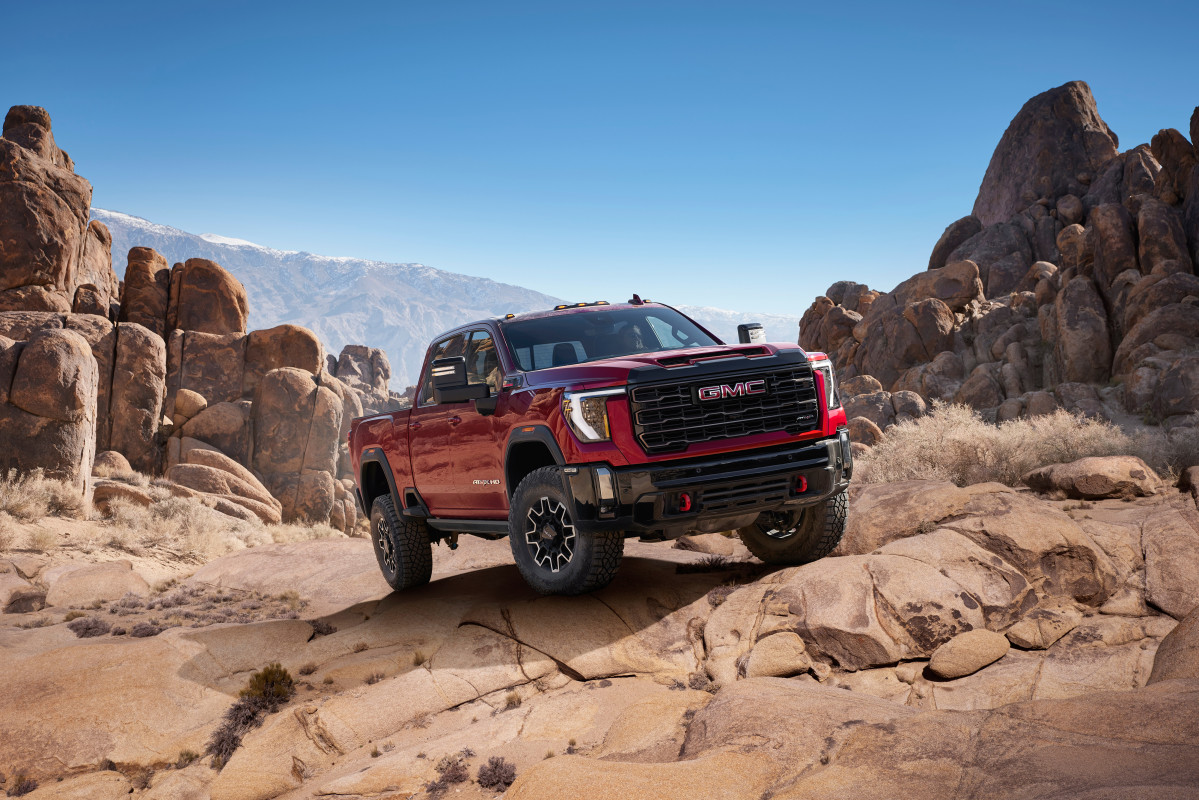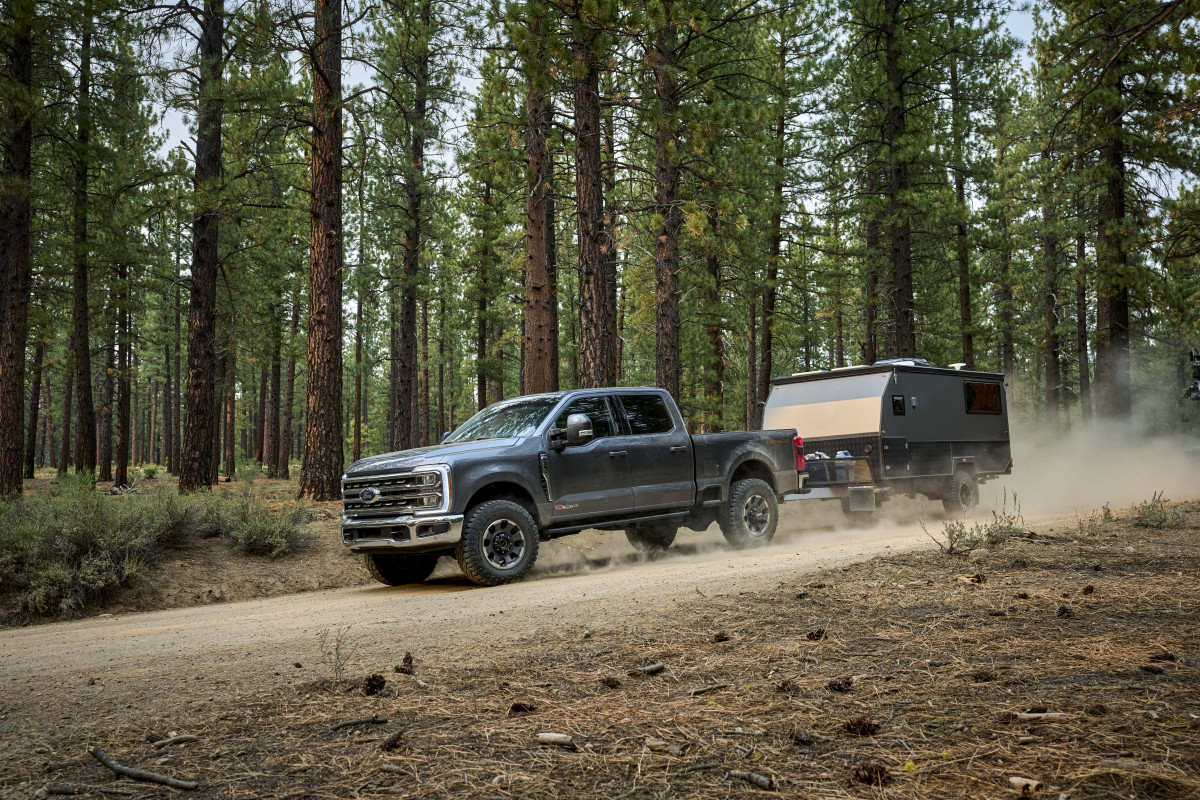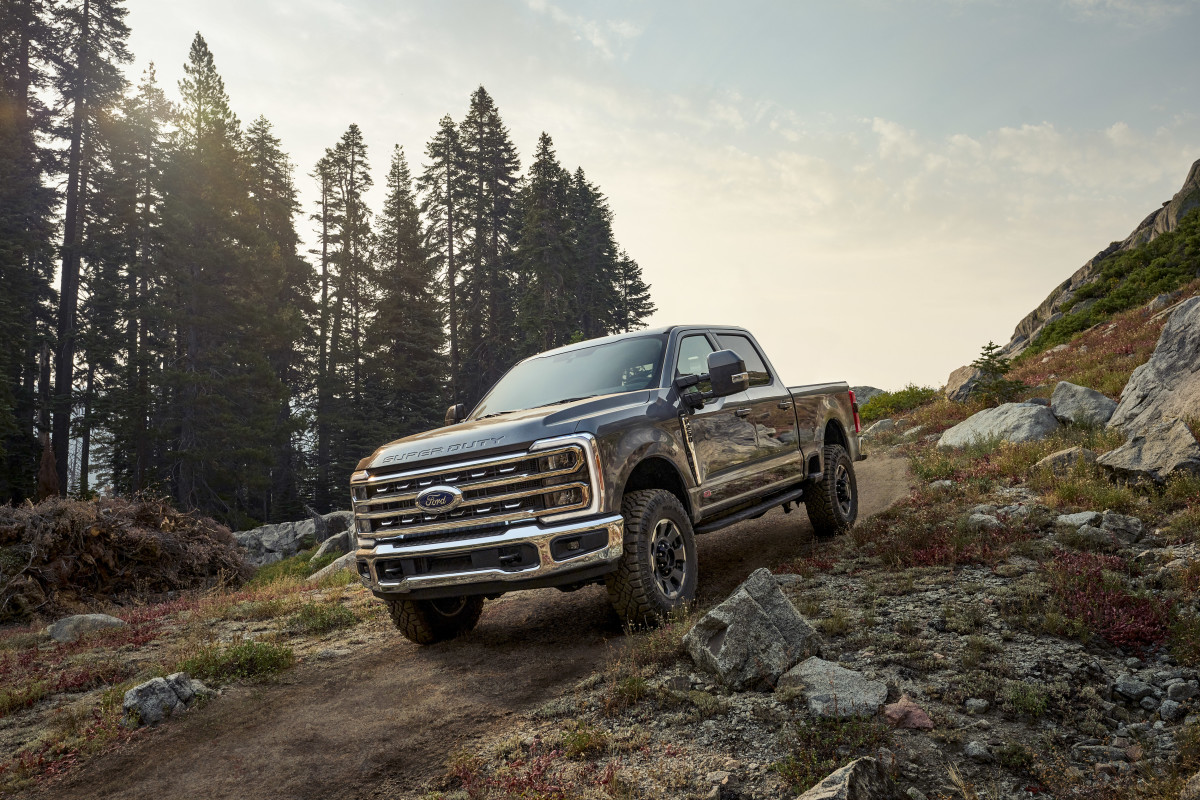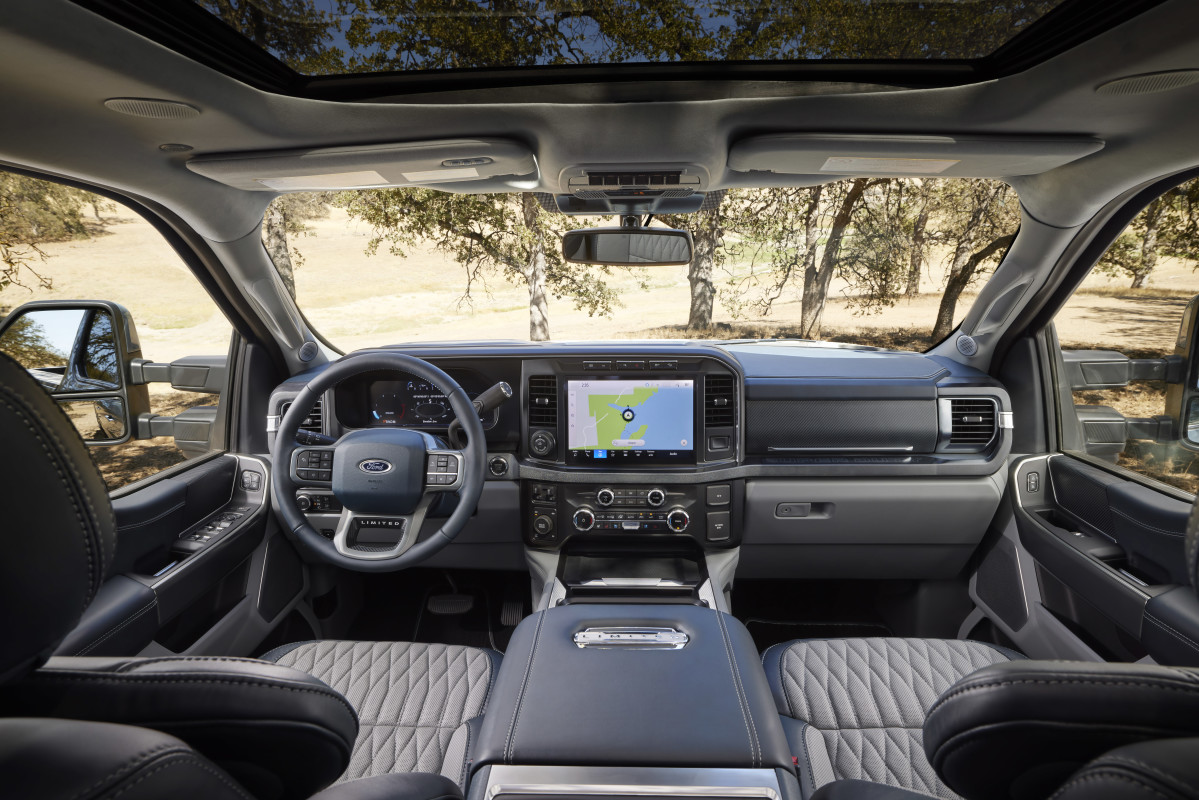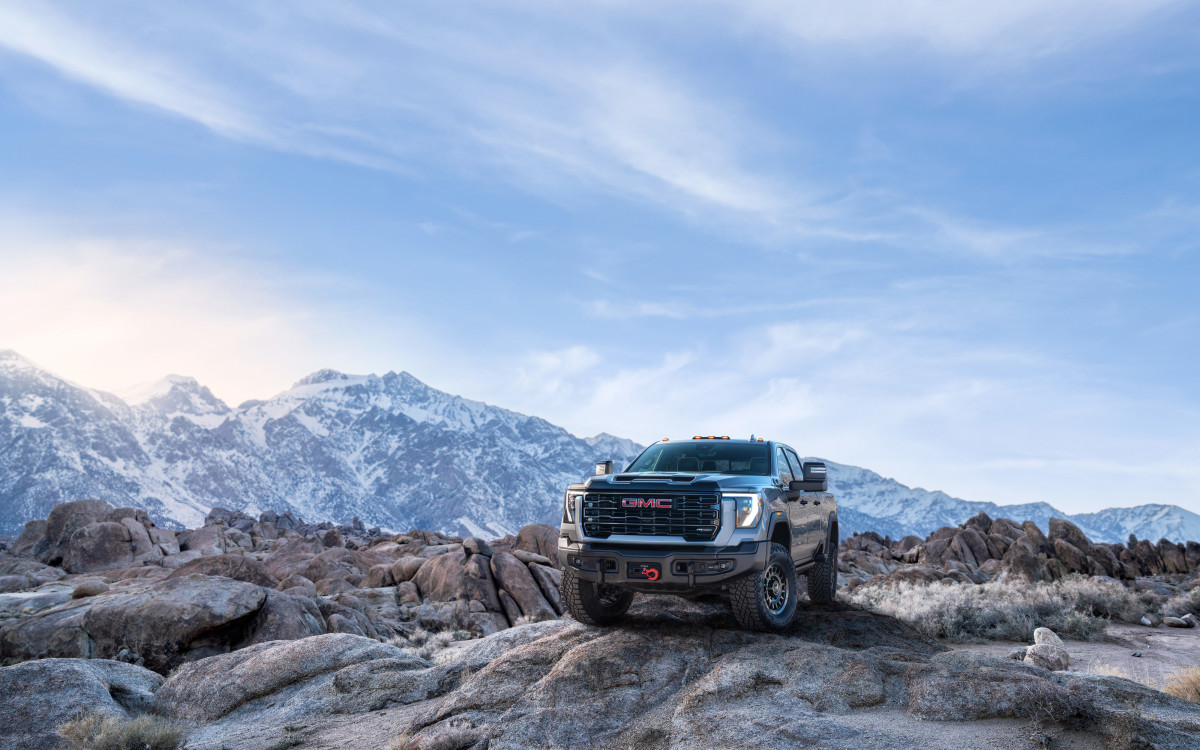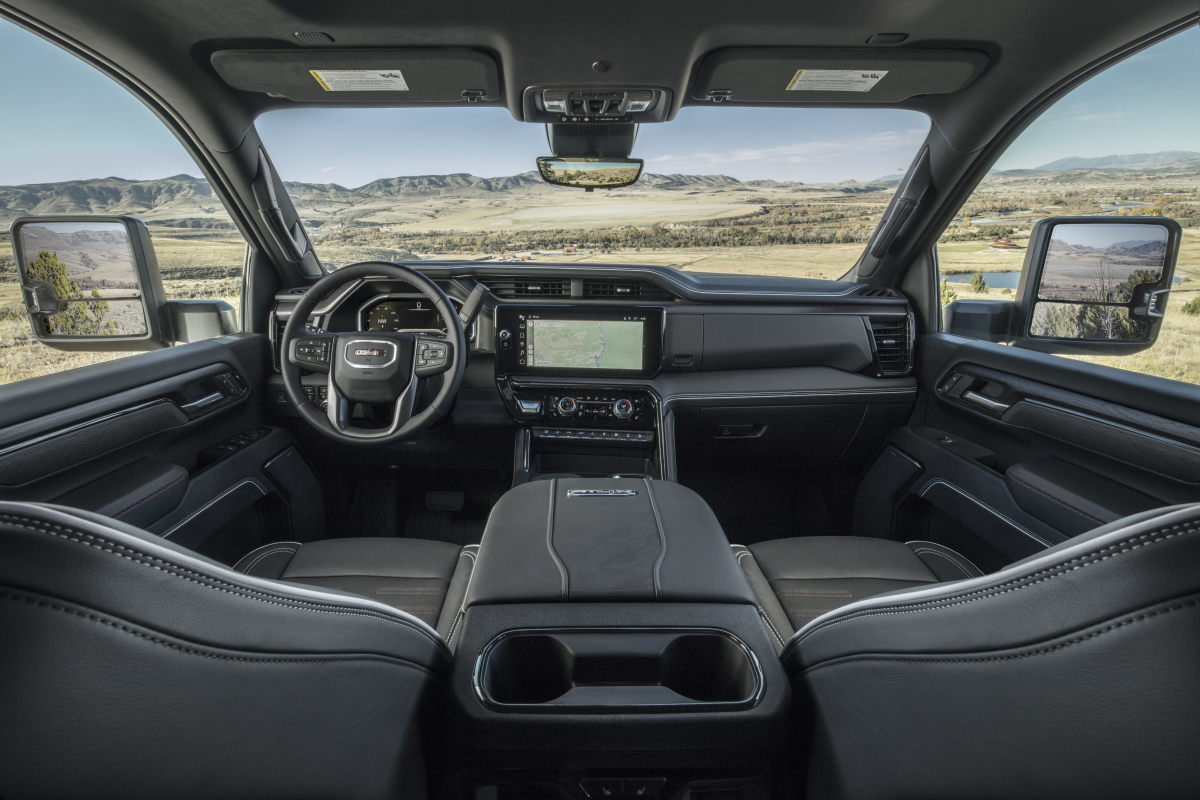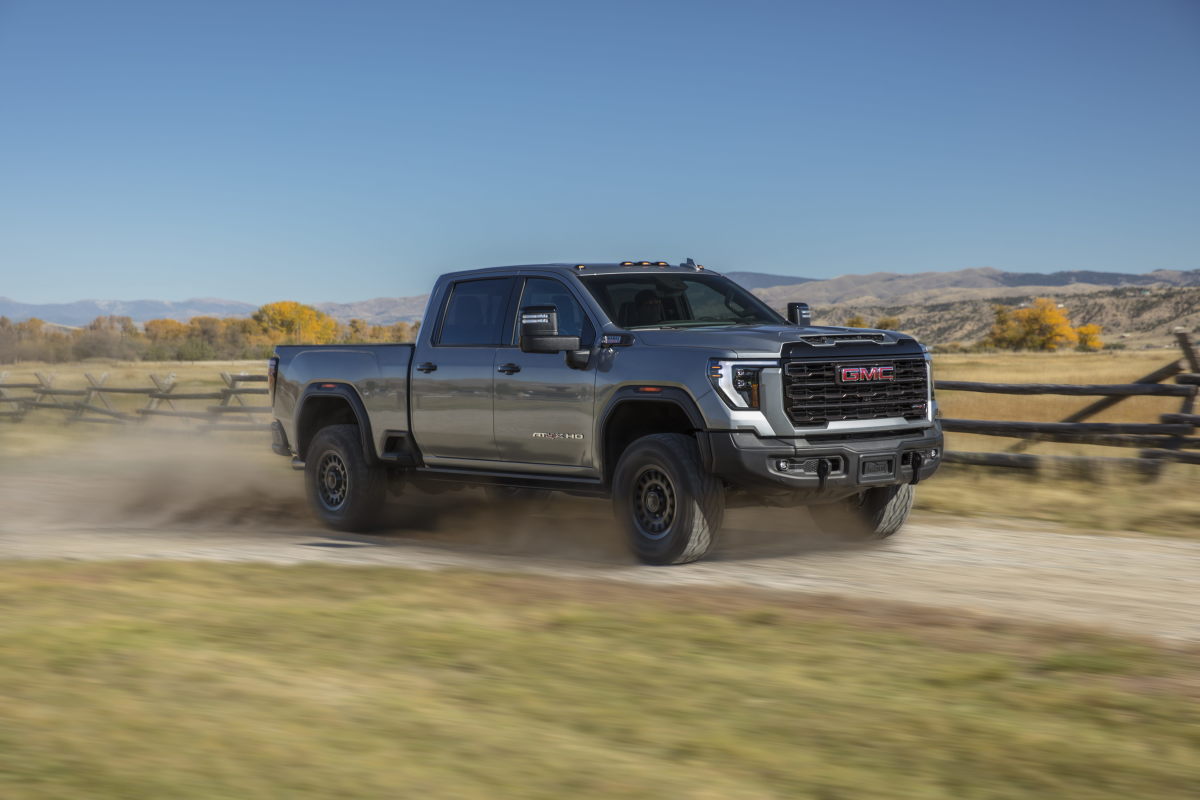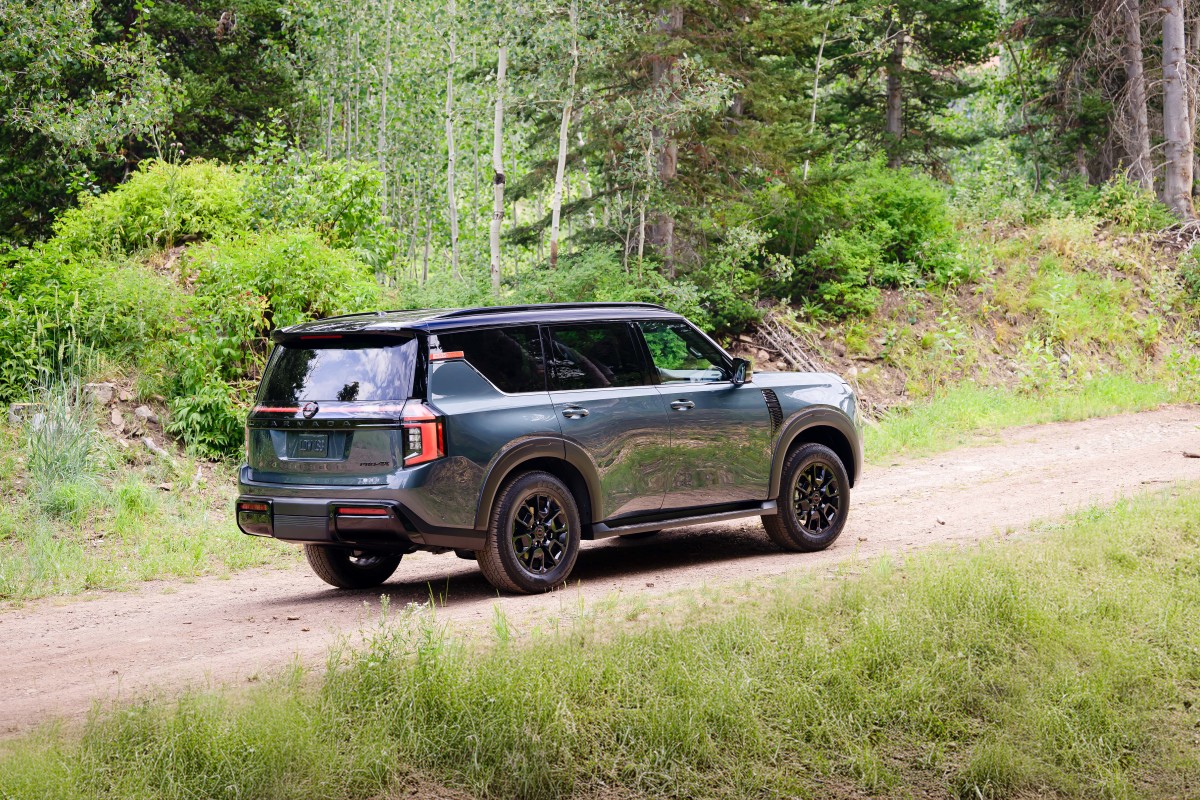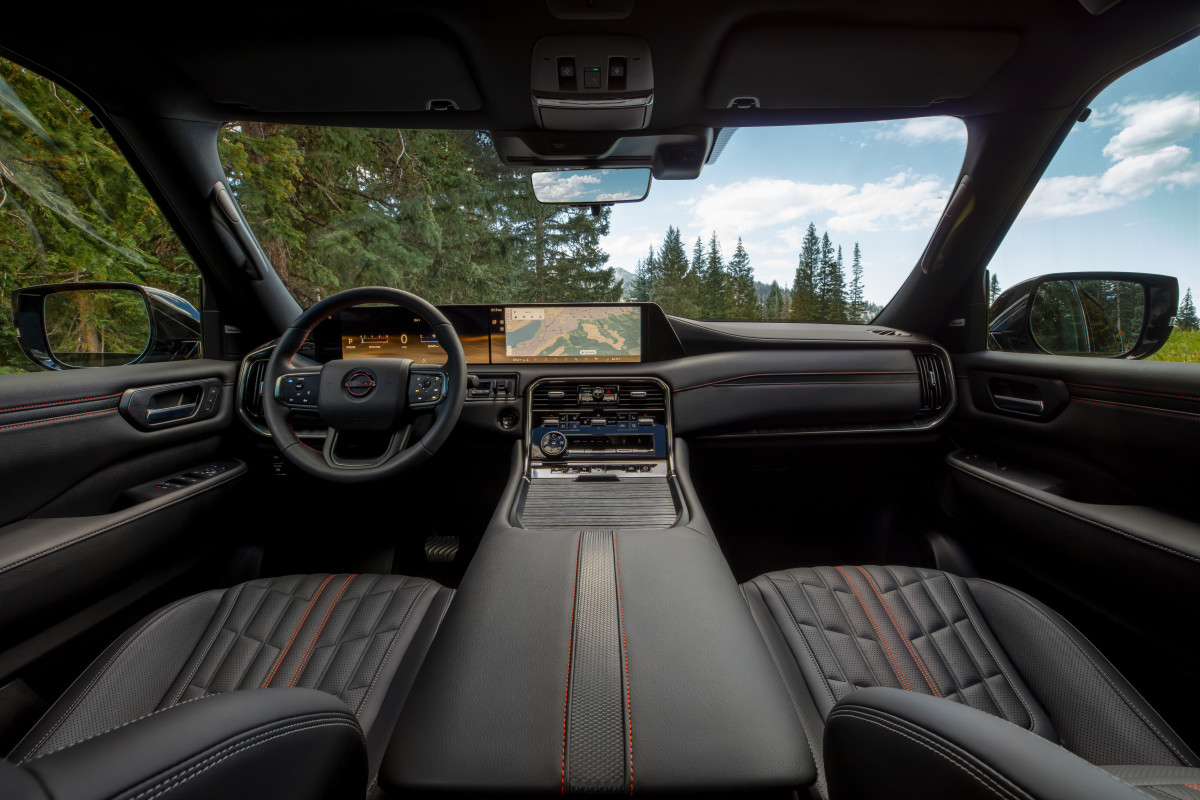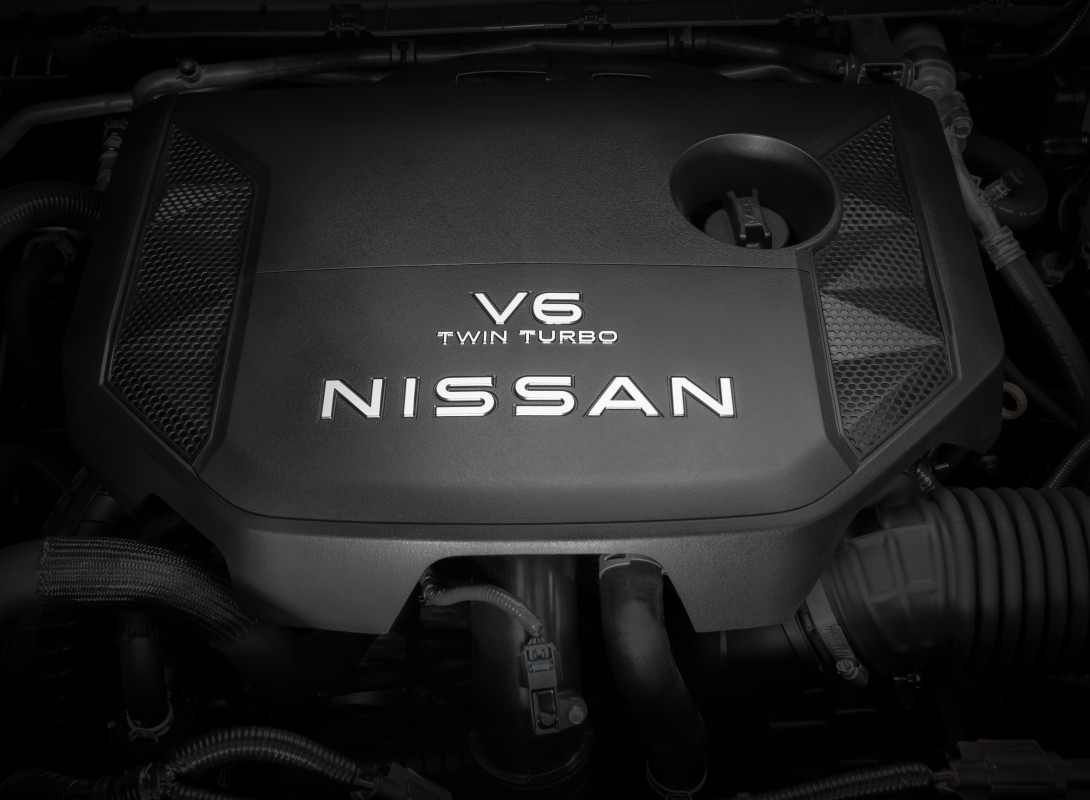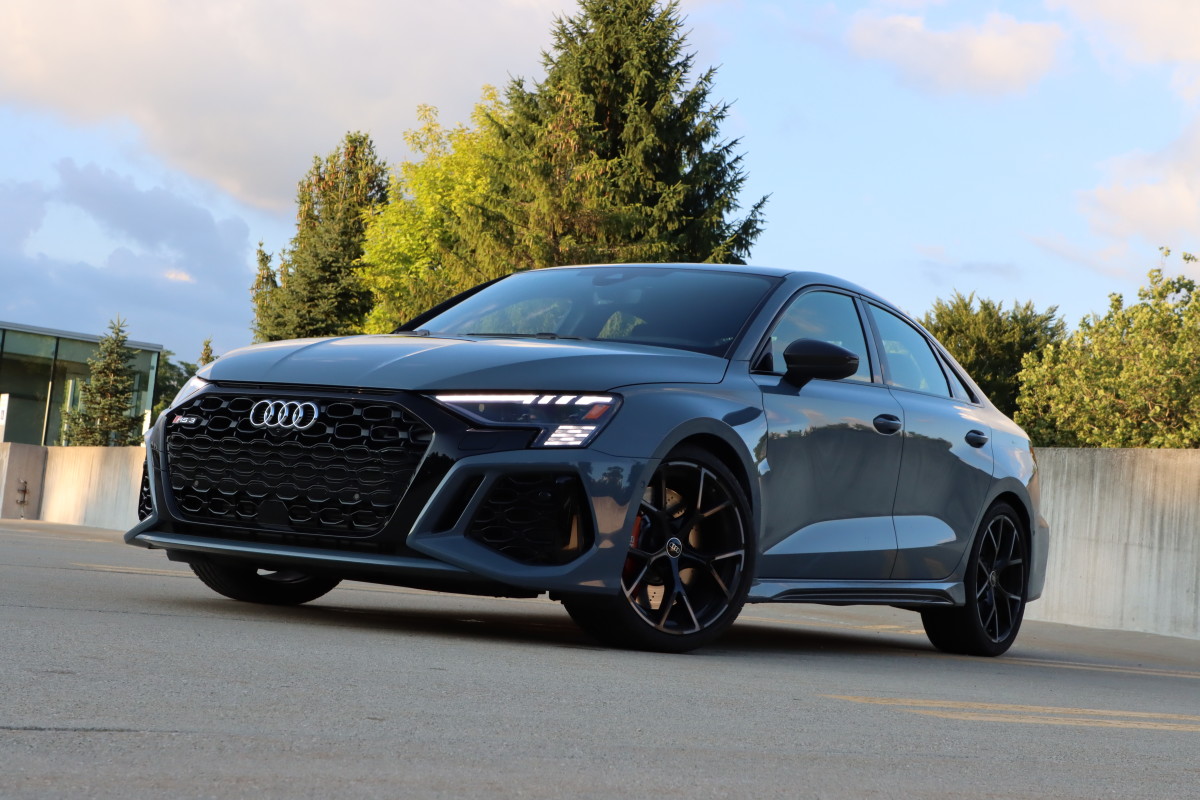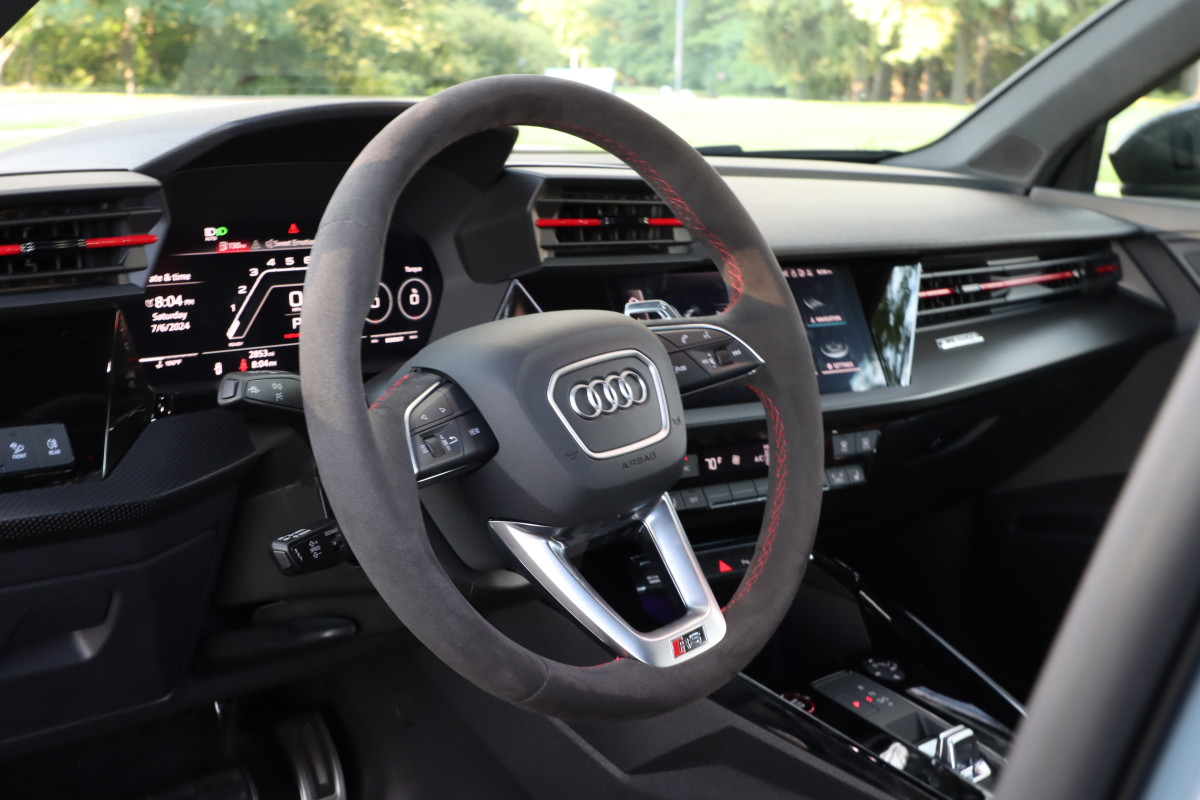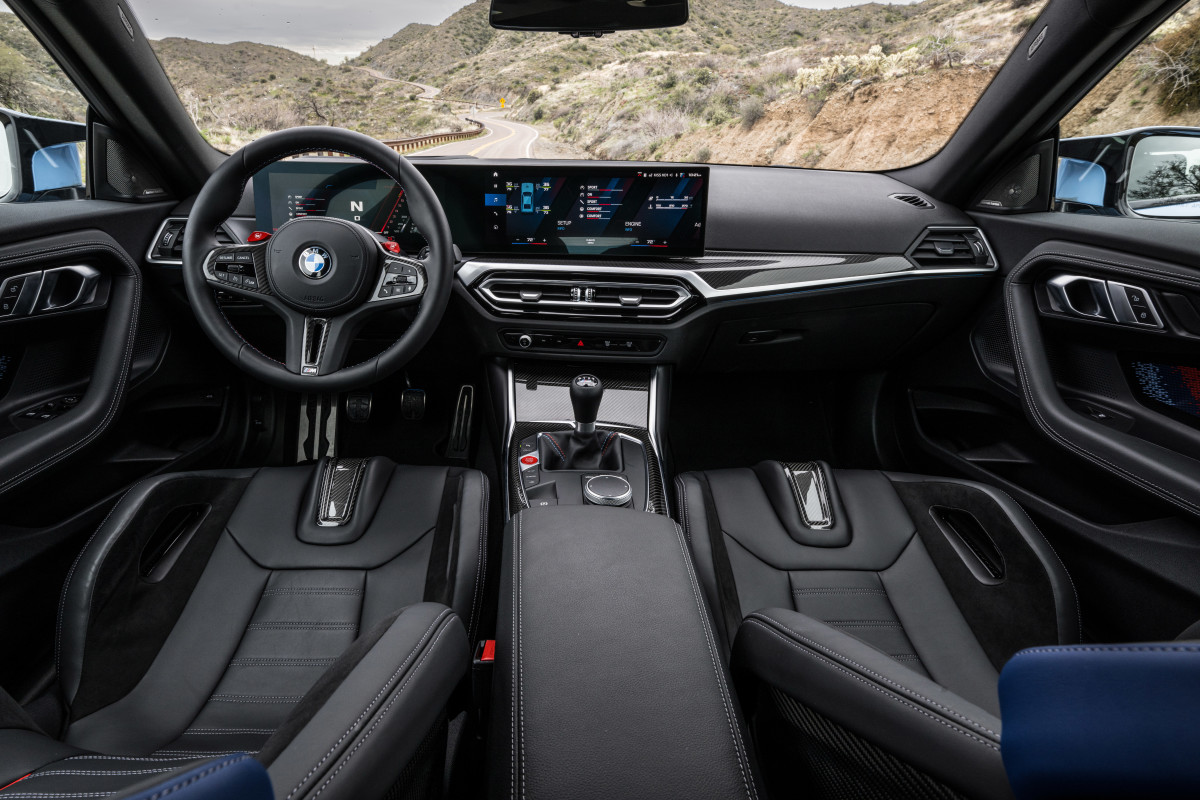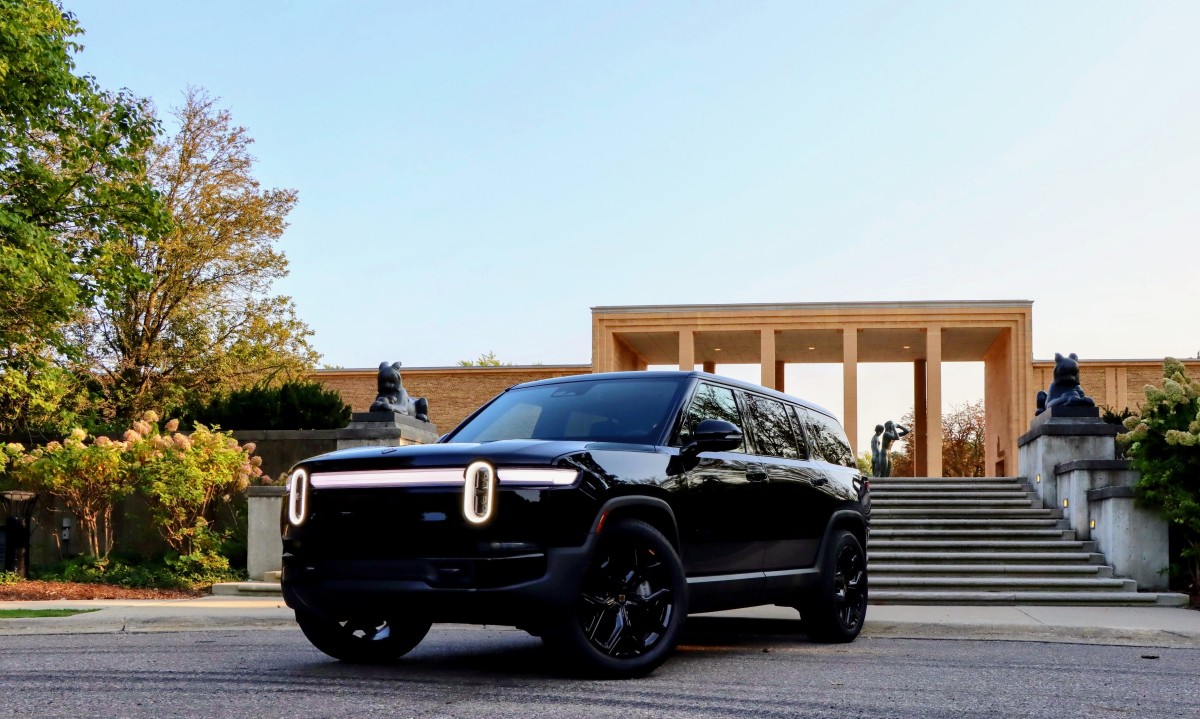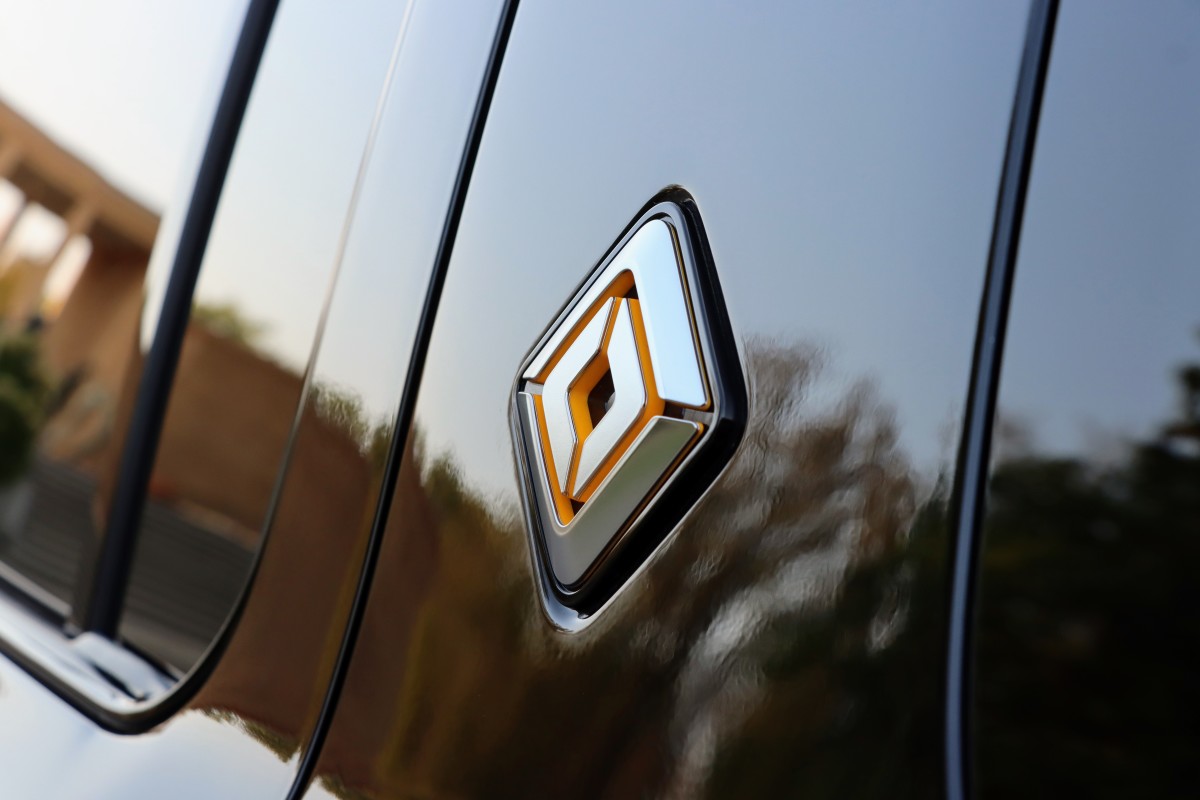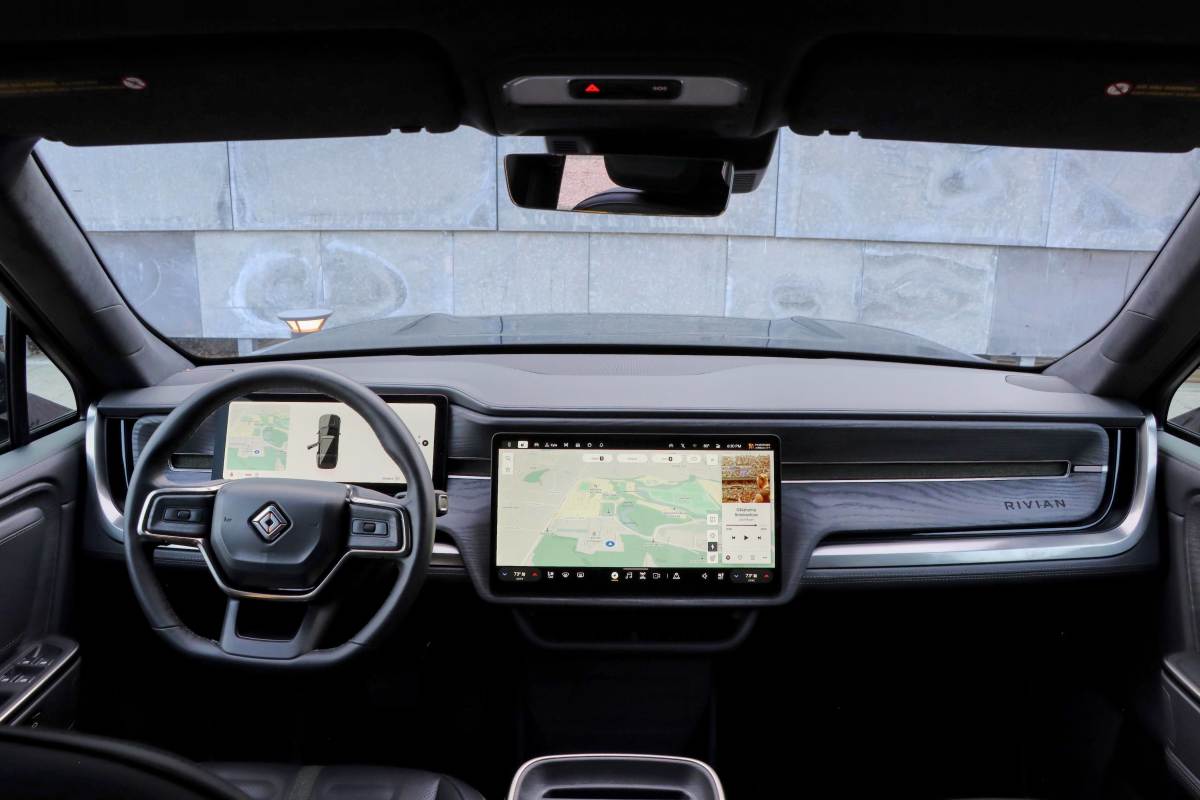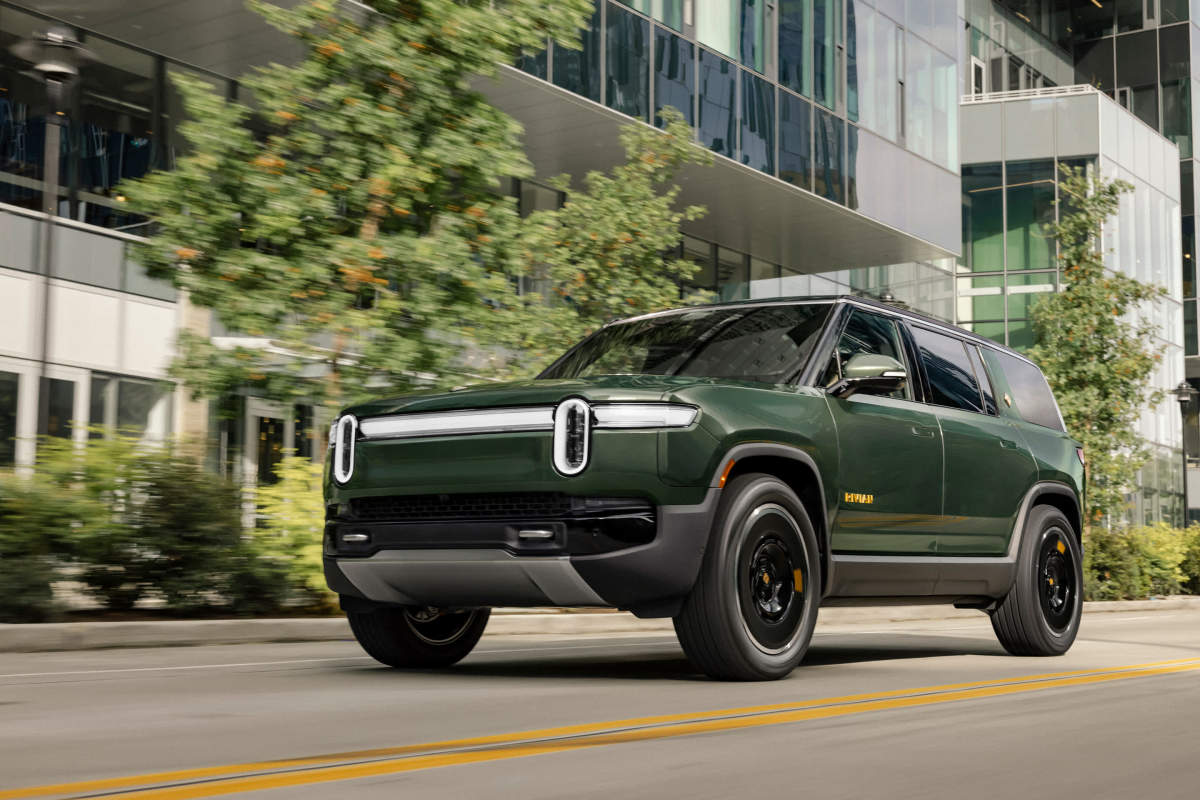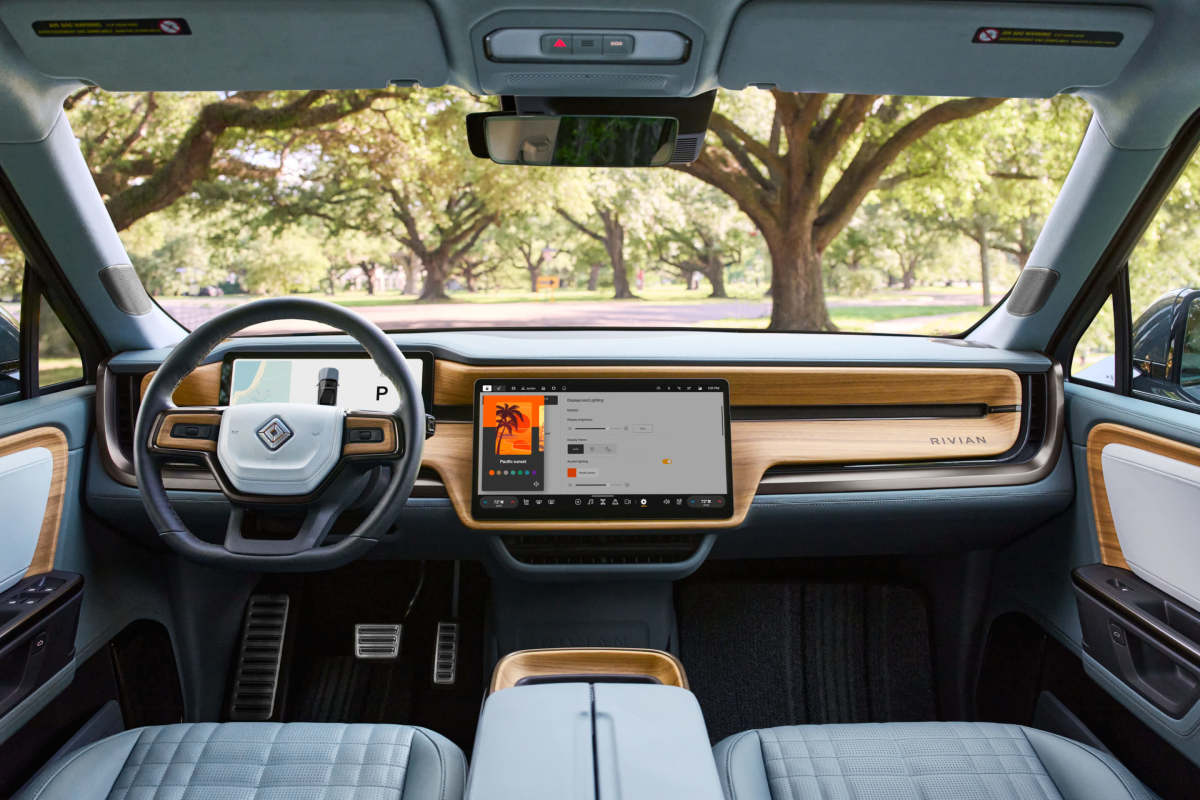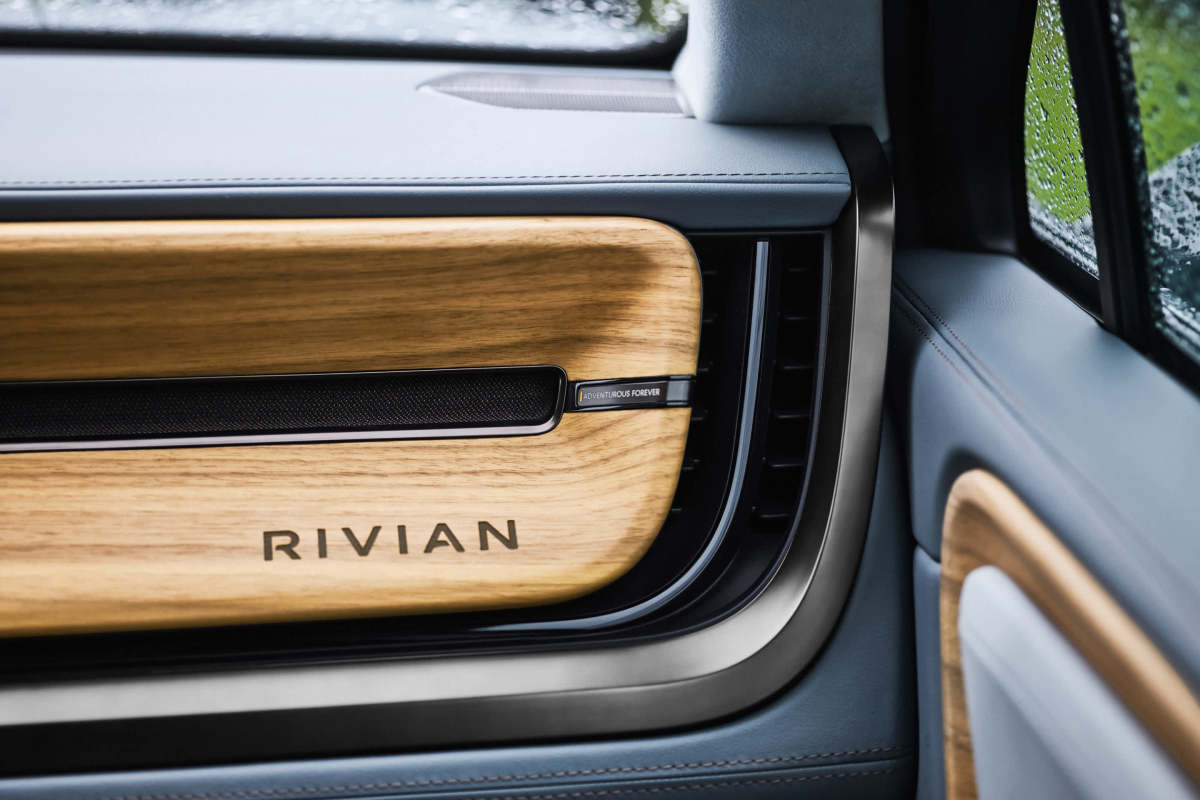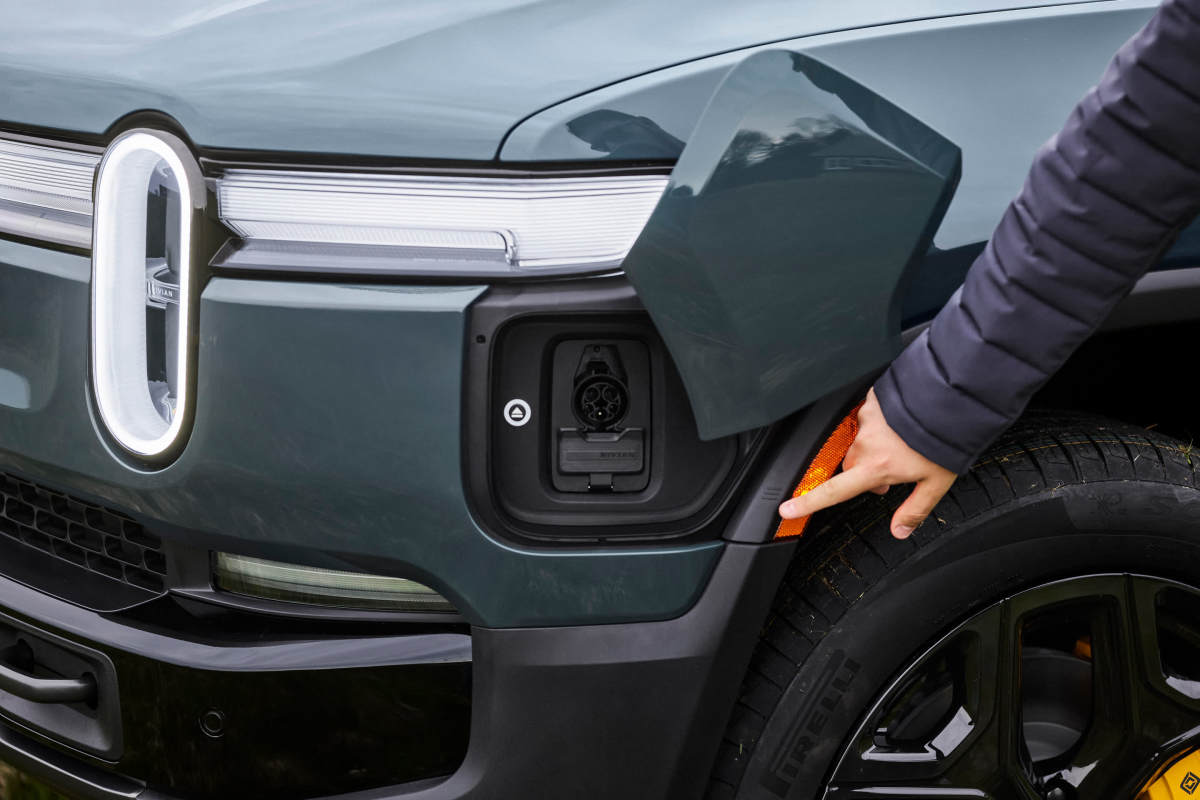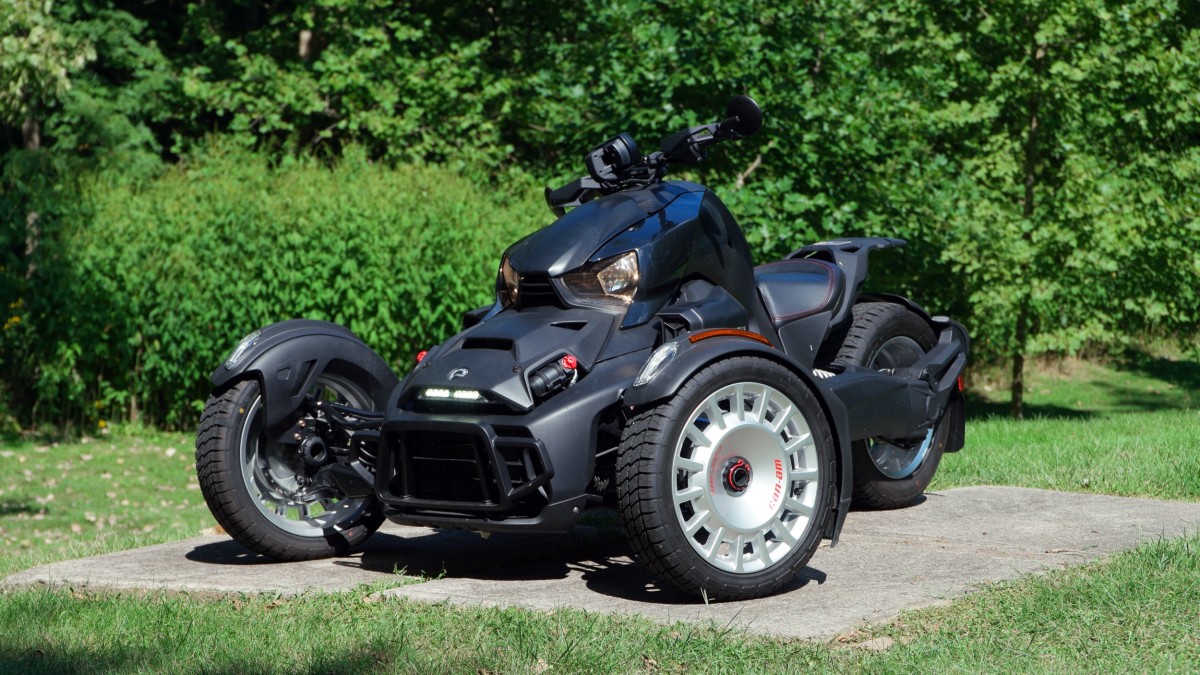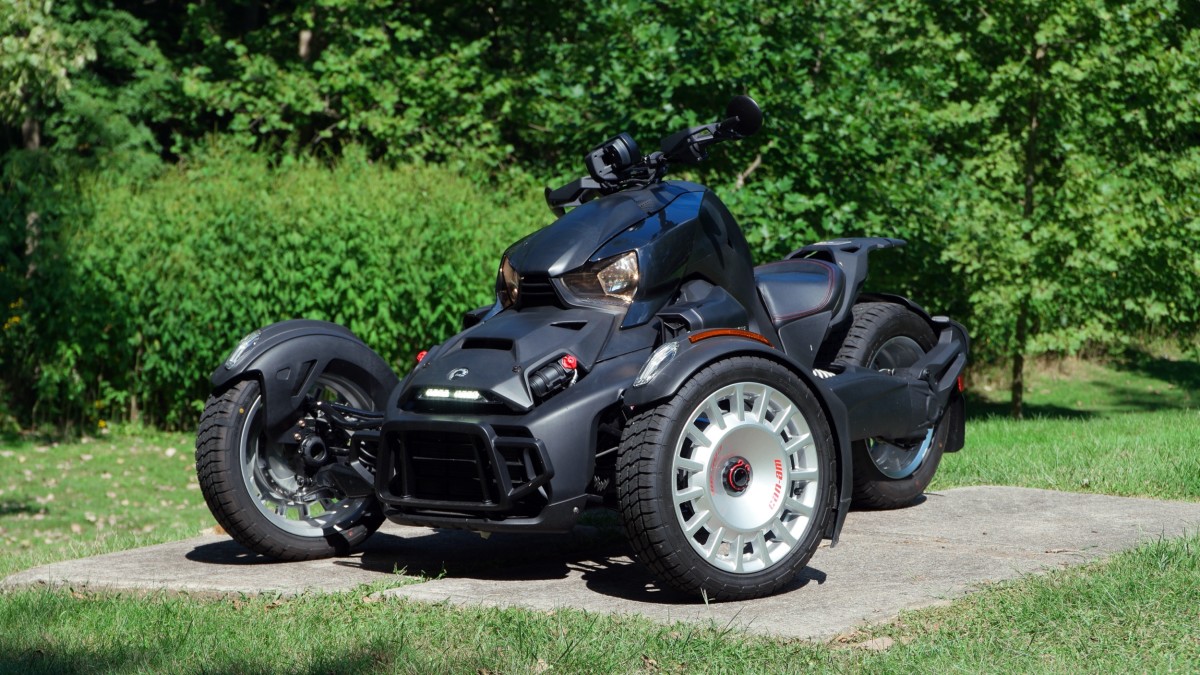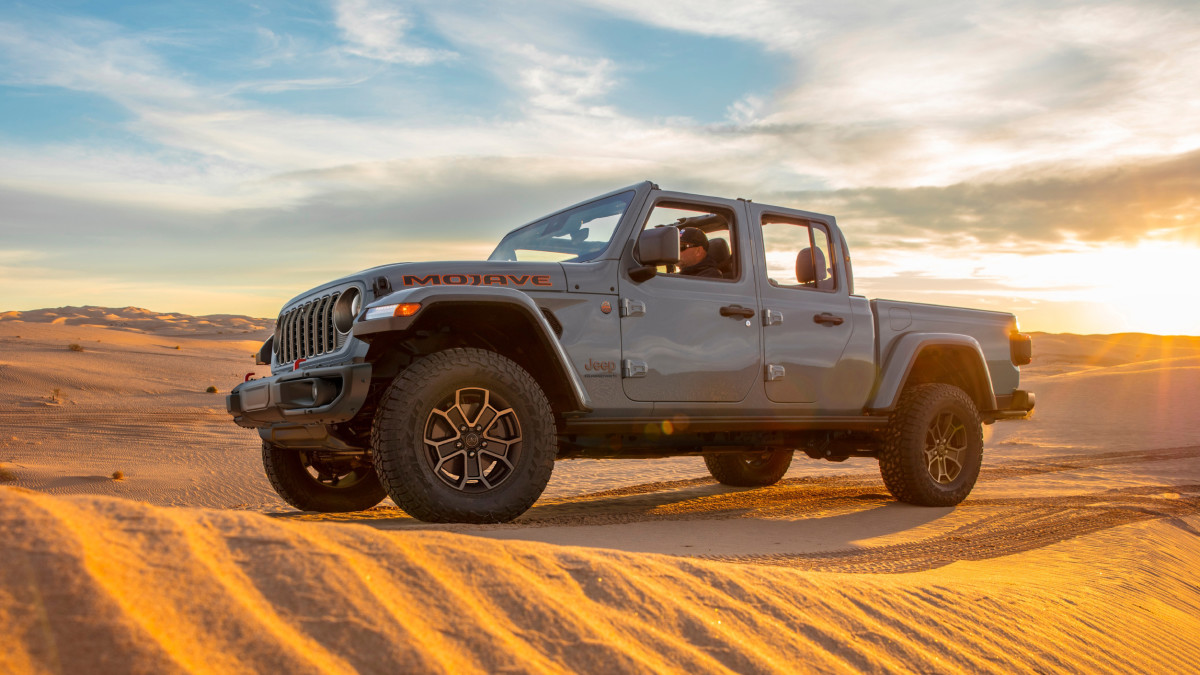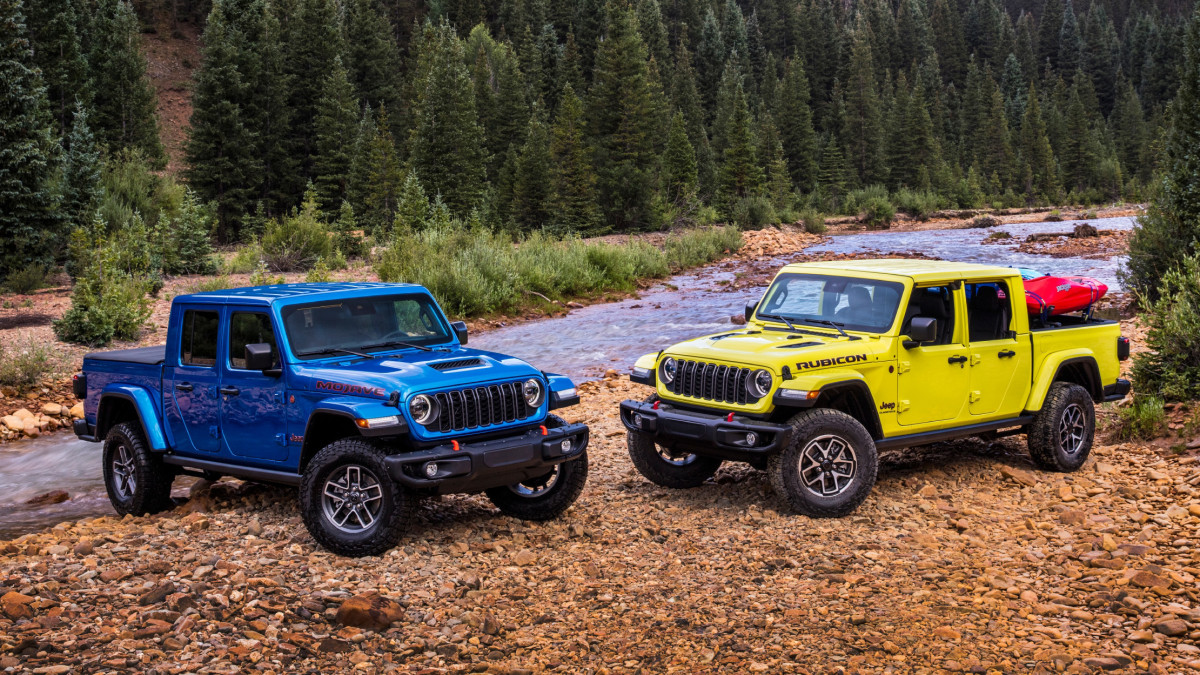Toyota is on a roll with the 4Runner and Land Cruiser
The legendary Japanese automaker has been releasing redesigned versions of some of its most iconic models. Among the highlights are the 2024 Toyota Land Cruiser and the 2025 Toyota 4Runner. The Land Cruiser was revealed in February 2024, followed by the 2025 Toyota 4Runner in April.
Both models share undeniable similarities, but the differences between them are where things get interesting. Let’s break down how the 2024 Toyota Land Cruiser and 2025 Toyota 4Runner differ in terms of luxury, powertrain options, trims, and more.
2024 Toyota Land Cruiser and 2025 Toyota 4Runner: Built on Toyota’s TNGA-F global truck platform
Both the 2024 Toyota Land Cruiser and 2025 Toyota 4Runner are built on Toyota’s TNGA-F global truck platform, which also underpins the latest-gen Tundra, Sequoia, and Tacoma. This platform gives both vehicles a robust foundation for off-roading, durability, and towing capability.
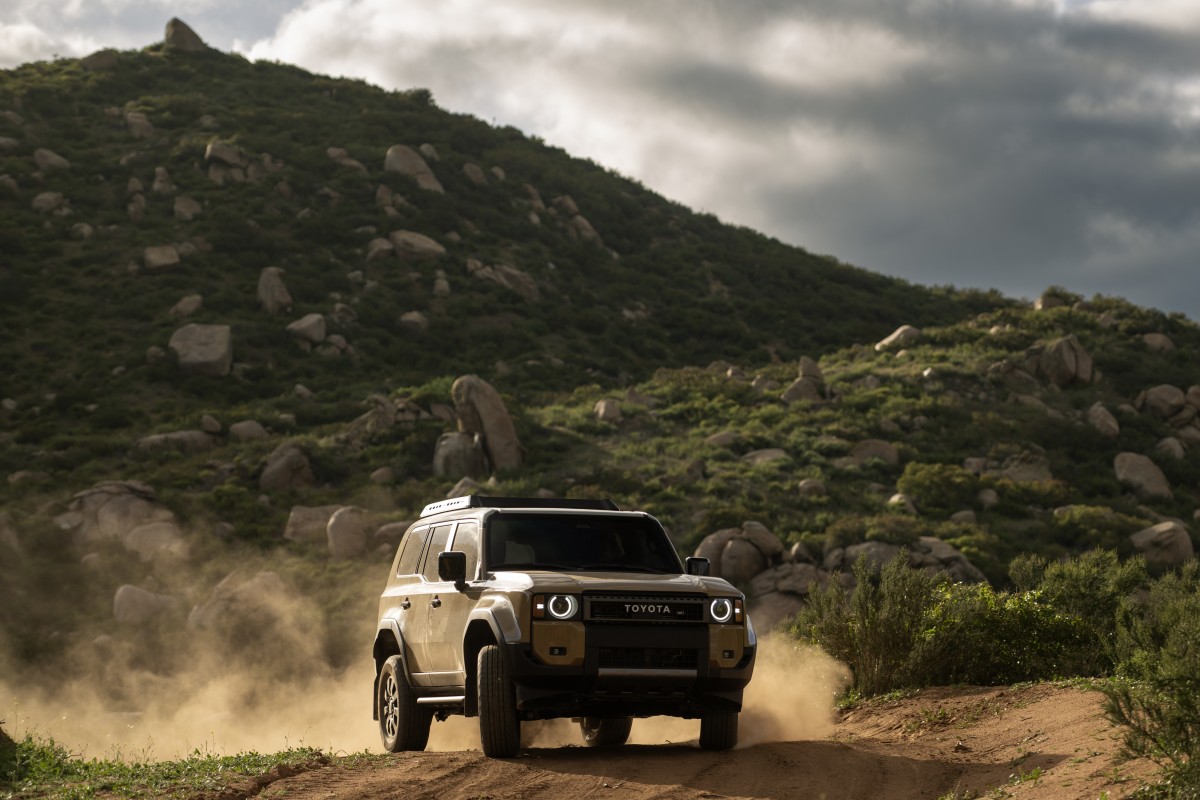
2024 Toyota Land Cruiser
Additionally, both SUVs come with a powerful 326-hp hybrid powertrain, known as the i-Force MAX. This setup pairs a turbocharged inline-4 engine with electric assistance to deliver potent performance, while standard 4WD with locking differentials ensures off-road prowess.
2024 Toyota Land Cruiser: Focus on luxury and comfort with off-road capability
The 2024 Toyota Land Cruiser leans more toward luxury and comfort. It offers a range of high-end features, including leather-trimmed, heated, and ventilated front seats with lumbar support and driver memory settings. The Land Cruiser also features reclinable rear seats, adding another layer of comfort for passengers. However, these premium features haven’t been confirmed for the 2025 Toyota 4Runner. What we do know is that the high-end Platinum trim of the 2025 4Runner will come with heated second-row seats, providing a touch of luxury at a lower price point.
2025 Toyota 4Runner: The ultimate off-road vehicle within the Toyota portfolio
While the 2024 Land Cruiser sticks to a single powertrain, the 2025 Toyota 4Runner offers more versatility under the hood. All Land Cruiser models are powered by the same 326-hp 2.4-liter turbocharged inline-4 hybrid engine. This i-Force MAX hybrid powertrain is standard on the TRD Pro, Trailhunter, and Platinum trims of the 2025 4Runner, while it’s optional for the TRD Off-Road and Limited trims.
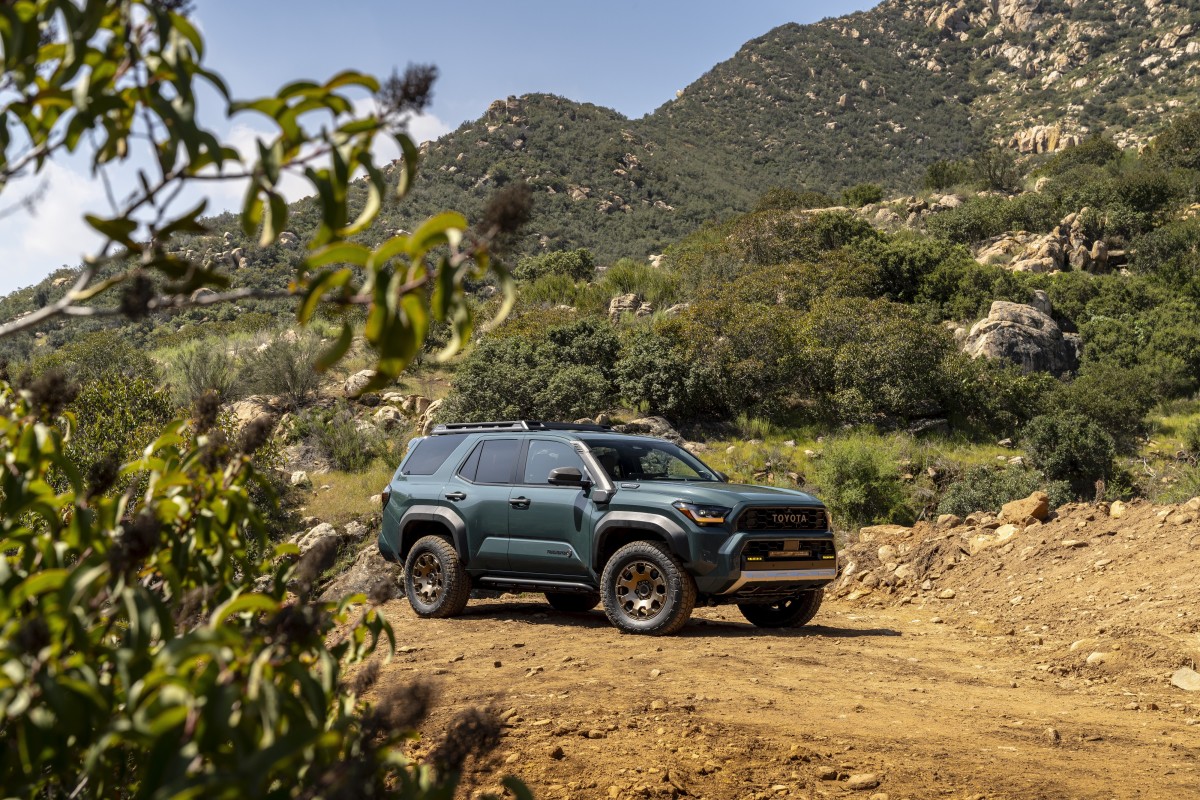
In addition, the 2025 4Runner offers a second, base powertrain. Named i-Force, this engine is a 2.4-liter turbocharged inline-4 producing 278 horsepower. This setup is standard on the SR5, TRD Sport, TRD Off-Road, and Limited grades, giving customers a more affordable and traditional engine choice.
2024 Toyota Land Cruiser vs. 2025 Toyota 4Runner: Three trims vs. nine trims
Toyota keeps it simple with the 2024 Land Cruiser lineup, offering just three trims: 1958, Land Cruiser, and First Edition. The base 1958 trim features retro-inspired round LED headlamps, while the mid-spec Land Cruiser trim swaps them out for rectangular headlamps and adds more standard features. The top-of-the-line First Edition builds on the mid-spec trim with extra exterior off-road bits and additional features, making it the pinnacle of the Land Cruiser lineup.
In contrast, the 2025 Toyota 4Runner comes with a whopping nine trims to choose from, including some familiar names and a few new ones: SR5, TRD Sport, TRD Sport Premium, TRD Off-Road, TRD Off-Road Premium, Limited, Platinum, TRD Pro, and Trailhunter.
The new Platinum trim focuses on luxury, featuring unique black exterior styling elements, a head-up display, and other premium touches. Meanwhile, the Trailhunter trim is a factory-built overlanding rig, equipped with Old Man Emu 2.5-inch forged shocks from ARB, 33-inch Toyo Open Country A/T tires, a high-mount air intake, and other off-road-ready components.
2024 Toyota Land Cruiser vs. 2025 Toyota 4Runner: Full-time 4WD vs. 2WD and 4WD options
The 2024 Toyota Land Cruiser offers a full-time 4WD system across all trims. This system comes with standard center and rear locking differentials and a two-speed transfer case, simplifying the drivetrain configuration while ensuring optimal off-road performance.
On the other hand, the 2025 Toyota 4Runner provides more drivetrain options. It will be available in 2WD, part-time 4WD, and full-time 4WD iterations. The 2WD models come with an automatic limited-slip differential, while the 4WD versions gain an electronically controlled two-speed transfer case with high/low range gearing. The TRD Off-Road, TRD Pro, and Trailhunter trims further benefit from an electronic locking rear differential as standard equipment.
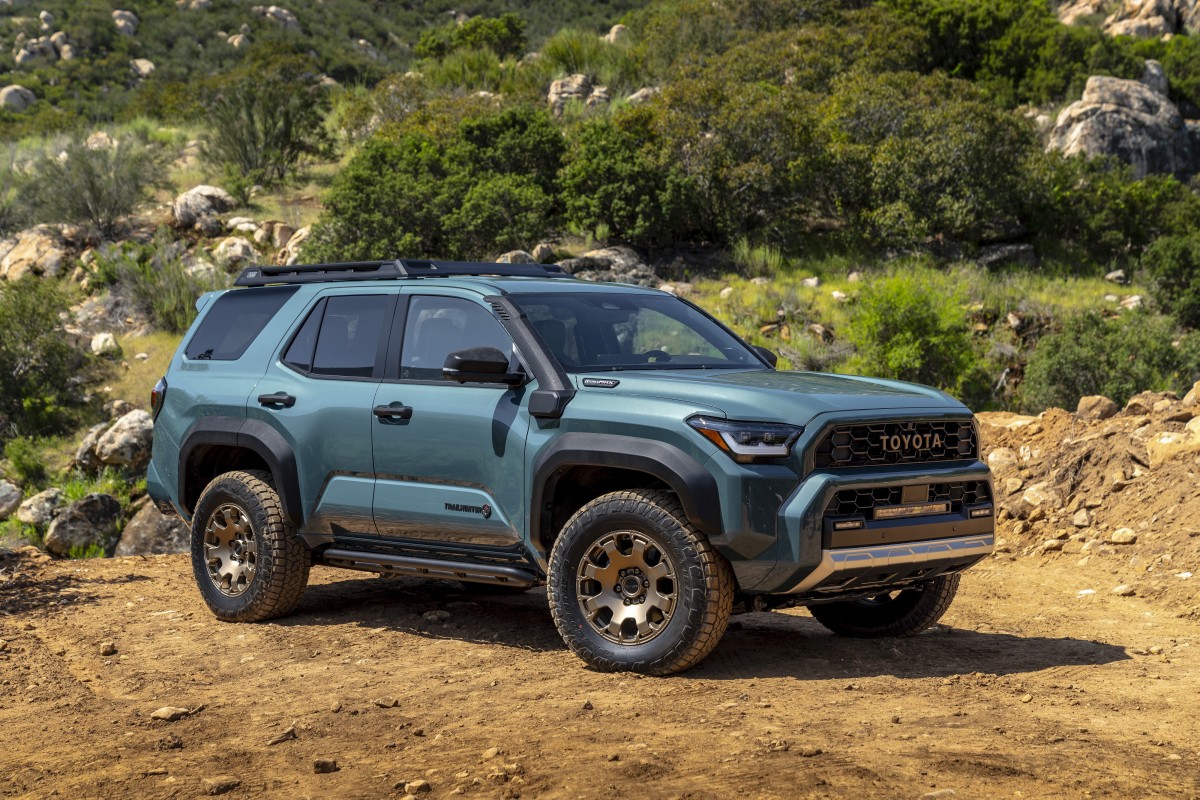
2025 Toyota 4Runner.
Land Cruiser offers more advanced JBL audio system while 4Runner has a larger touchscreen
Infotainment technology in both vehicles is cutting-edge, with each offering something different. An 8-inch touchscreen is standard in the base variants of both models.
However, higher-end trims of the 2024 Land Cruiser come with a 12.3-inch touchscreen and a premium 14-speaker JBL audio system. The 2025 Toyota 4Runner counters with an even larger 14-inch touchscreen in its top trims, but the audio system is limited to a 10-speaker JBL setup.
Pricing differences between the 2024 Toyota Land Cruiser and 2025 Toyota 4Runner
In terms of pricing, the 2025 Toyota 4Runner is expected to be significantly more affordable than the 2024 Toyota Land Cruiser, which starts at $55,950. This makes the 4Runner a more versatile option for buyers looking for a range of trims and drivetrain options at a lower cost.
Final thoughts:
Both the 2024 Toyota Land Cruiser and the 2025 Toyota 4Runner bring a lot to the table, but with different focuses. The Land Cruiser offers a more premium experience with a boxy, retro design and high-end features, while the 4Runner emphasizes rugged off-road performance with a more aggressive design and flexible powertrain options. Additionally, the 4Runner is expected to have a lower starting price compared to the Land Cruiser’s $55,950.

